Spring is right around the corner and one of the things I want to add to our back yard this year is a raised garden bed. Or maybe a few 😉 I’m still quite a newbie when it comes to the world of gardening so I wanted to make sure I did my research before diving into building them and planting. If you’re looking to do the same this year then I hope this post helps you start your raised garden bed journey with confidence!
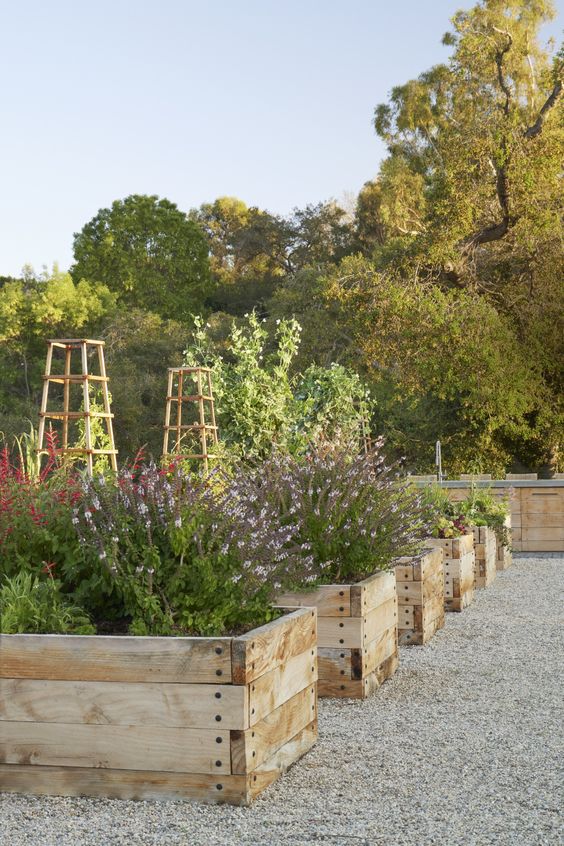
The extent of my gardening really began last year when we built a Two-Tiered Herb Planter and I was immediately hooked. I loved coming out on the deck and clipping herbs to use in our meals. And so did the kids! They loved watching them grow and we even grew our first tomatoes! I know they’re going to enjoy these larger beds just as much as I will.
SQUARE FOOT GARDENING
This is one method that continually got brought up when I reached out to my instagram followers for tips. Square-foot gardening (SFG) is a type of raised-bed gardening where you have a raised box divided into squares. With the square-foot gardening method, you plant in 4×4-foot blocks instead of traditional rows. In each square, you plant a different veggie. It’s said to save time, money, watering and space.
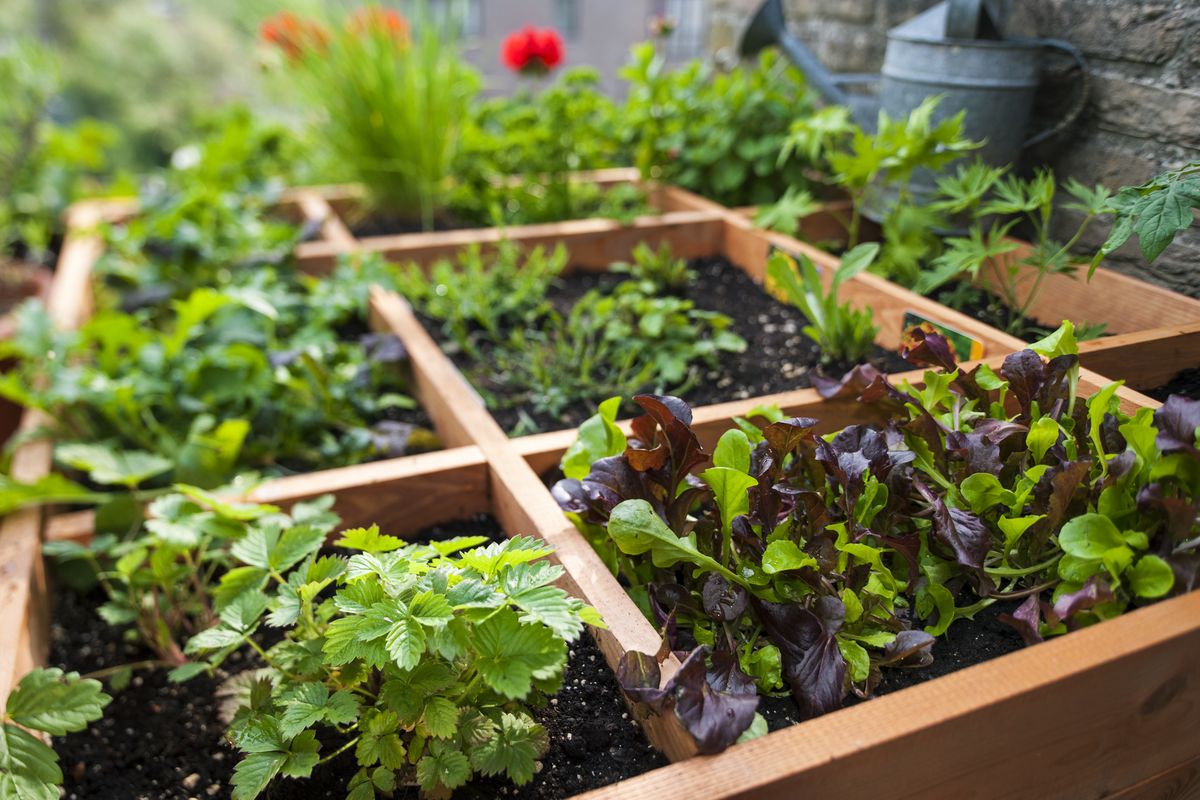
If you want to look further into the Square Foot Gardening Method there are books and courses to guide you through it.
HUGELKULTUR GARDENING
This was another method that got brought up a handful of times. Hugelkultur is a raised bed gardening technique in which a gardener layers soil, rotting wood, and other organic matter to form in mound-like garden beds. The layering of organic matter creates excellent water retention which in turn requires minimal watering.
It comes from the German word for “hill culture” or “mound culture”.
One down side that it seems to have is that you need to let your garden sit for a few months to allow the organc matter to break down. If time isn’t on your side, this might not be the best method for you!
Read more about the Hugelkultur Gardening Method.
LASAGNA GARDENING METHOD
The Lasagna method has a similar layering method as Hugelkultur but varies in other ways. “It is a process in which you create an environment for your garden to do most of the work of decomposition and replenishment itself. By alternating different layers of organic material, you can have a new bed of flowers, plants, and the like that will nourish themselves throughout the year with little need for upkeep.”
You begin with a layer of cardboard that will smother any weeds. It won’t completely eliminate them, but will help a ton. After the cardboard you start layering down different elements like peat moss, wood chips, pine needles, coffee grounds, grass clippings, and compost.
After your layers are complete you top with soil and plant your seeds. Once they start to germinate, you can add mulch which will help combat weeds and conserve water.
Read more about the Lasagna Gardening Method.
SIZE MATTERS
The size of your beds can make or break them. It’s super important to think about this design element before you start building one, or if you’re looking to buy a pre-made one. The recommended width is about 3′-4′. You don’t want them to be any wider because then you won’t be able to reach what’s in the middle.
For the height, you want to go about 3′ high. The lower they are, you risk critters getting into them, and also it’s much harder on your back having to bend down all the time. For the length, it depends on your space but the sweet spot seems to be between 6′-8′.
BUILDING MATERIAL
This is also super important to the success or failure of your raised garden bed. If you plan to DIY your beds then pay attention to this section!
Cedar is a great choice for wood because it’s naturally weather resistant. This is a great option but cedar can also be a little bit pricey. One work around, is to use cedar fence pickets. They sell for a fraction of the price and can usually be found at most home improvement stores.
You want to make sure to stay away from pressure treated wood because those chemicals can leak into your soil and into what you’re planting. Yuck!
Even though cedar is naturally weather resistant, it’s still a good idea to seal it. Garden Seal is non-toxic and eco-friendly and will help protect your wood longer.
If you live in an area that has intense weather, you can also build your raised garden bed out of cement blocks with brick on top. This will give you a sturdy foundation that is sure to hold up against the elements.
There are also a number of other metal and aluminum raised garden beds that you can purchase. Vego Garden is one and they are actually pretty cute and come in different colors!
PLAN YOUR PLANTINGS
Another important step is to plan exactly what you’re going to be planting in your raised garden bed. The first thing to think about is what do you like to eat? If you like a lot of salads, plant tomatoes, cucumbers, lettuces, radishes etc. If you use a lot of herbs in your meals, plant herbs. You don’t want your bounty to go to waste!
Another fun idea is a pizza garden. If you like to make homemade pizzas then use one of your raised garden beds for tomatoes, basil, parsley, oregano and thyme.
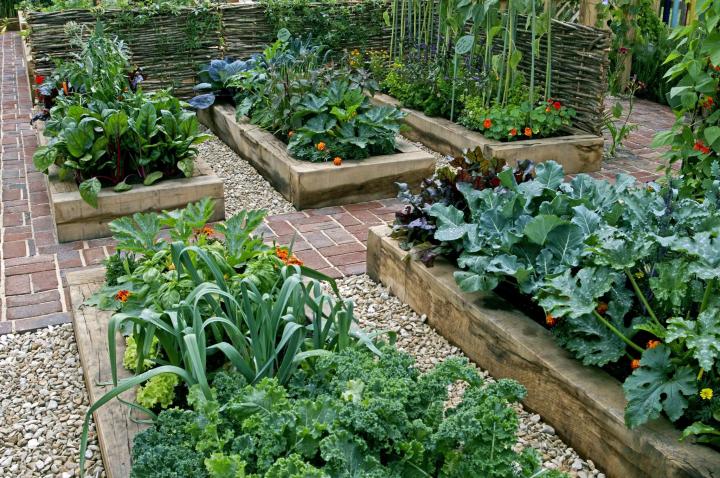
This is where Square Foot Gardening can come in handy because each square will get its own seeds. You just want to be mindful of vegetables that have a deeper root system as well as ones that grow vertically and may need additional support with a trellis or pole.
I found this post to have lots of helpful information on mapping your garden beds.
IRRIGATION/SPRINKLER SYSTEM
This was definitely one of the top recommendations because your raised garden beds are going to require a lot of watering! You can absolutely water yourself but just try and keep a consistent schedule and remember on hot days, watering in the early morning and/or evening are best!
One of the best types of irrigation system that seemed to come up the most in my research was a Drip Irrigation System. They will save you water and time but also will make sure that your plants are getting the proper amount of water.
If you’re feeling ambitious you can build a DIY Drip Irrigation System or you can purchase one.
RAISED GARDEN BED INSPIRATION
Now that we’ve gone over all the details to help you get started, I wanted to share some inspiration for Raised Garden Beds. Whether you want to purchase them or build your own, I hope these will get you excited about starting your own small garden!
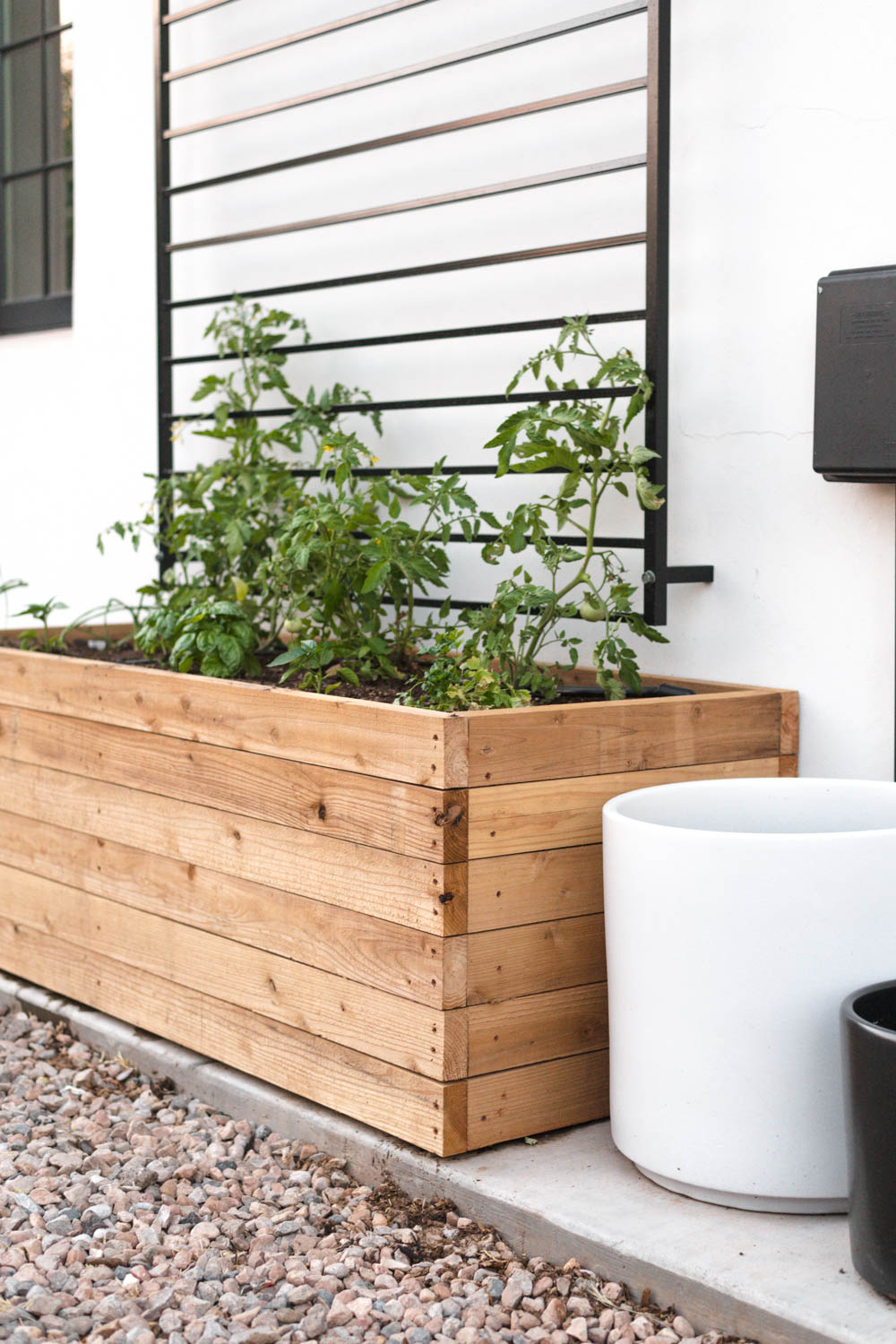
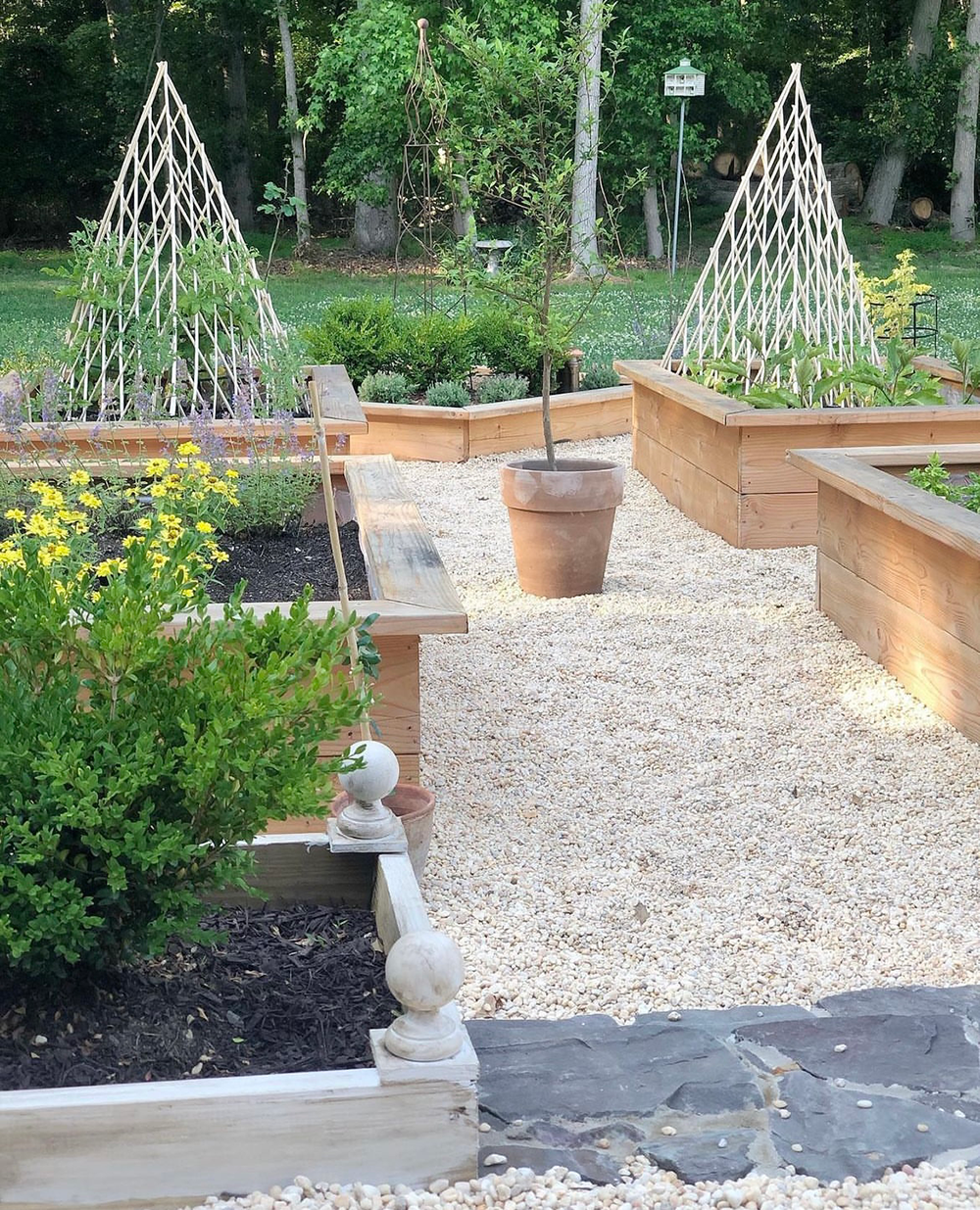
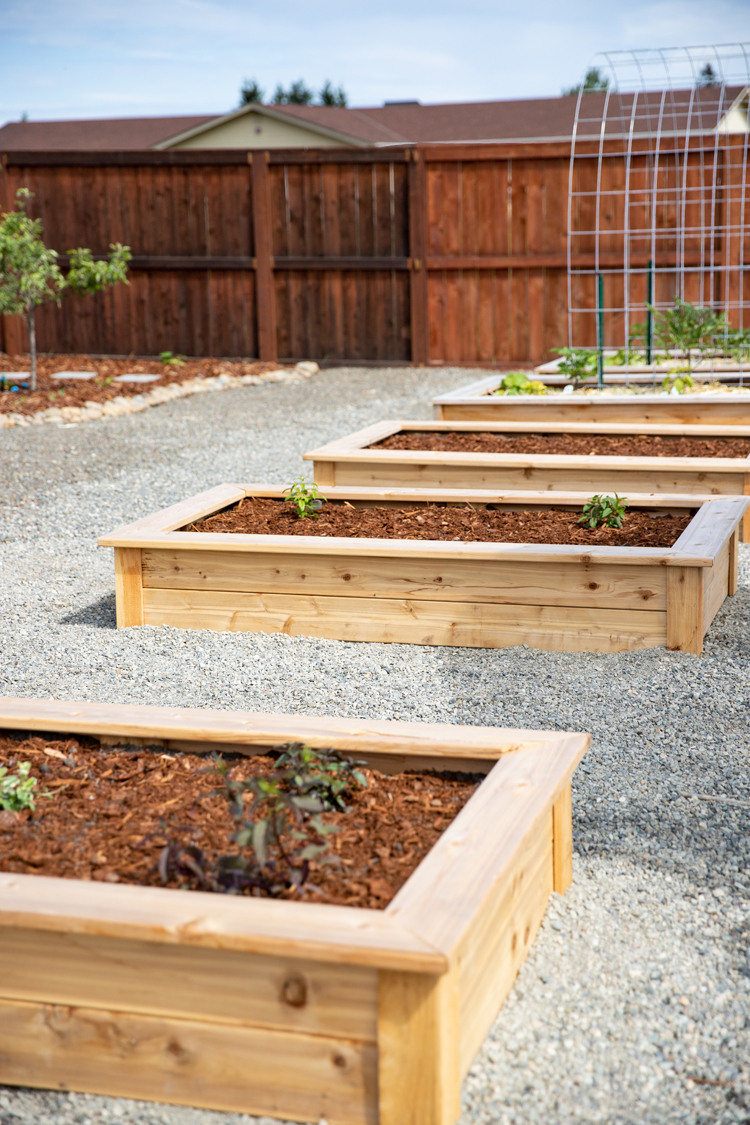
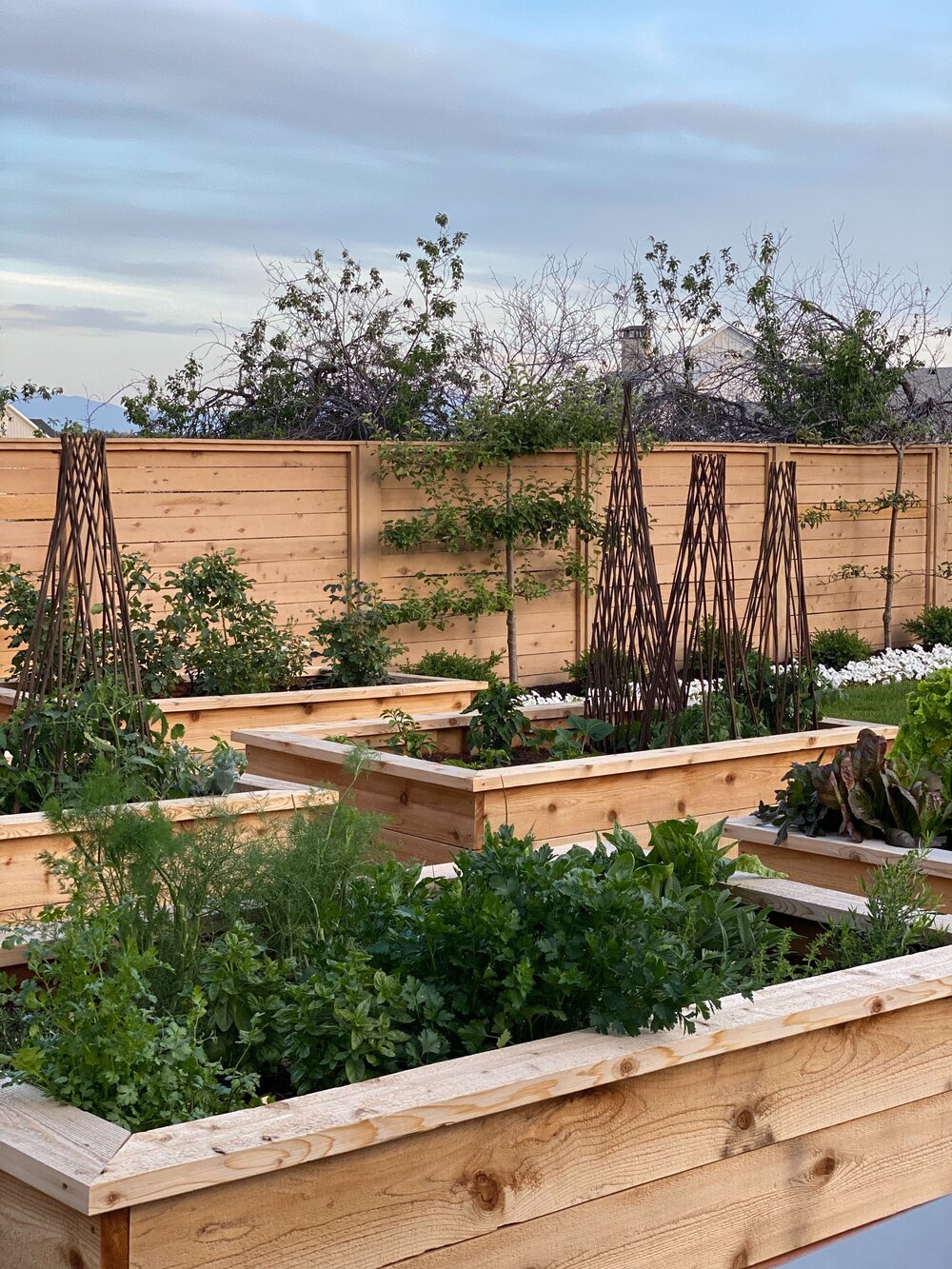
I’d be lying if I said I didn’t feel overwhelmed about starting this journey. But like with anything, you just need to start. Our first garden might not be the best but we’ll keep learning as we go and I can’t wait to become more knowledgable along the way.
The kids are already so excited to help me plan out our raised garden beds and I’m already envisioning all the magical memories we’re going to make together!
Stay tuned for a Raised Garden Bed Tutorial coming your way soon!

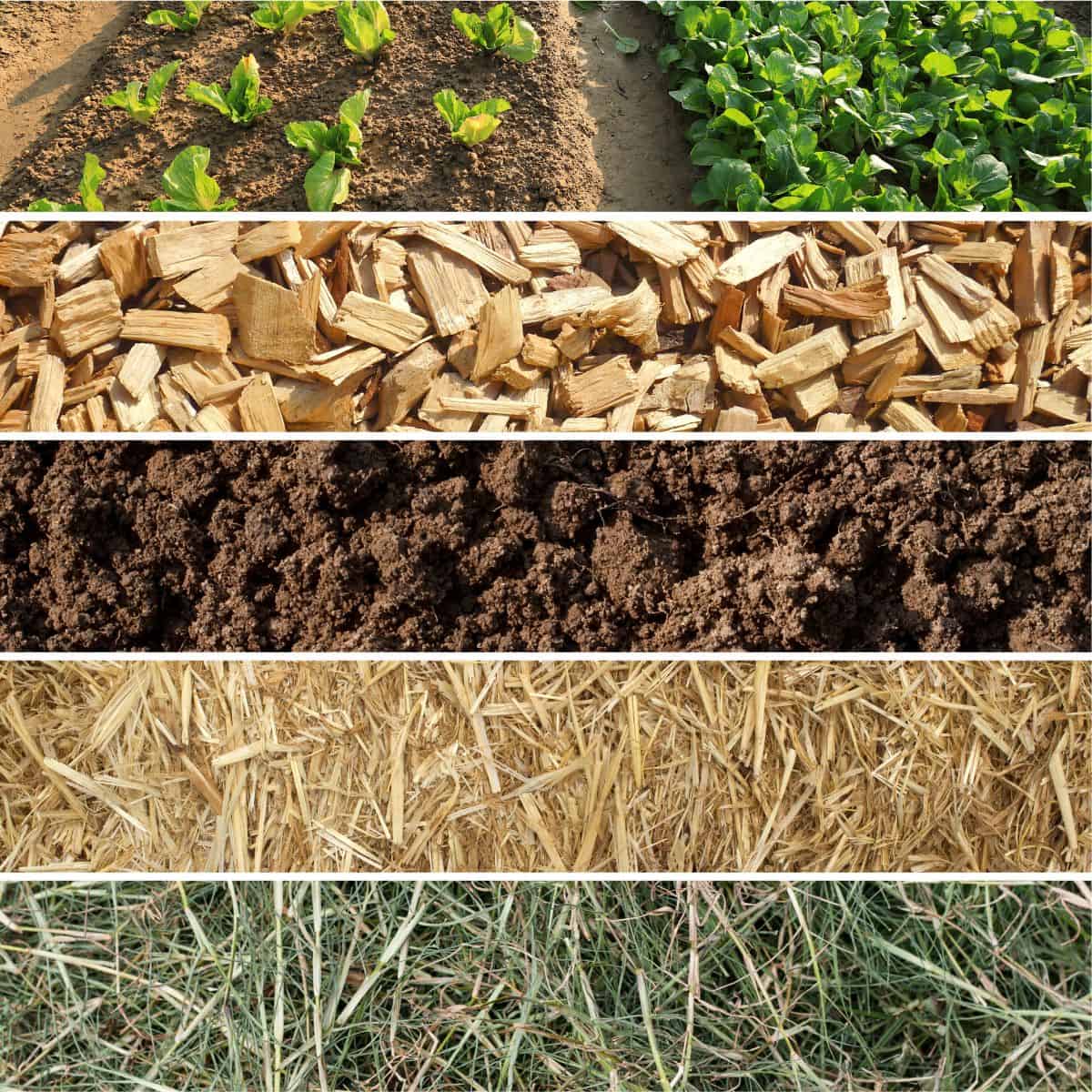
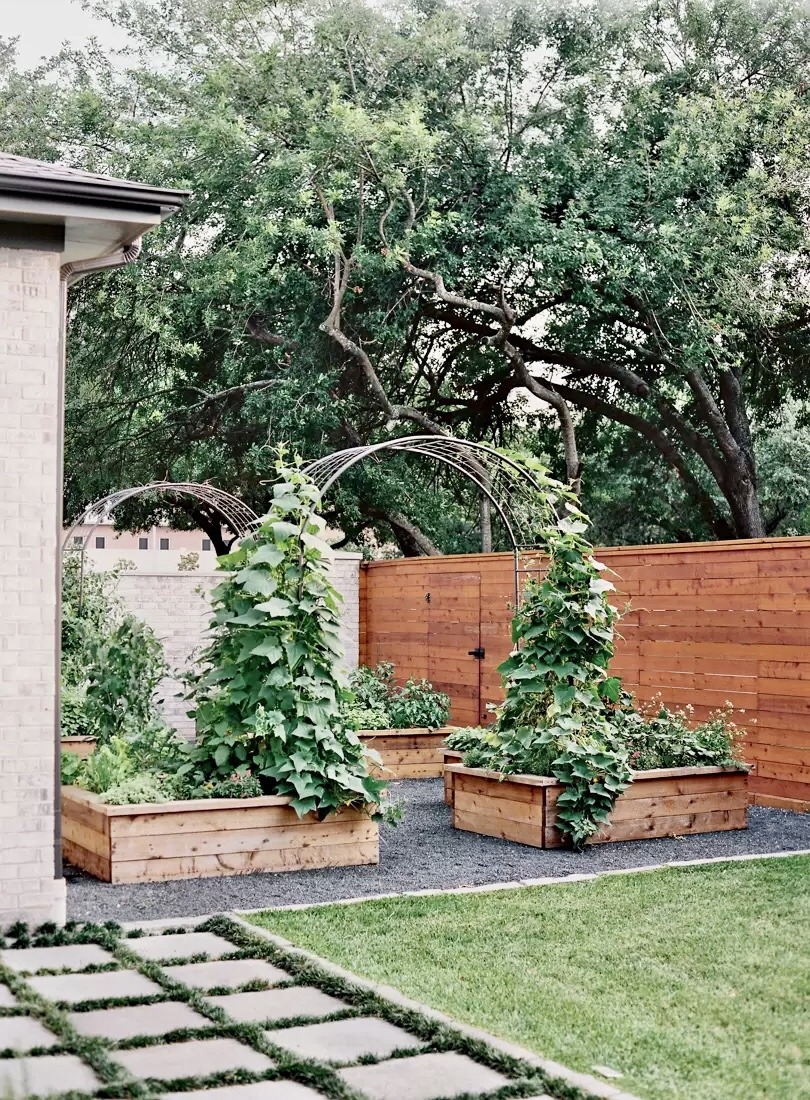
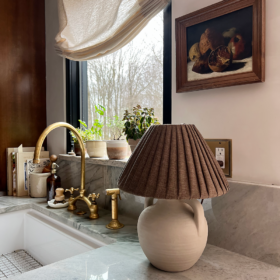
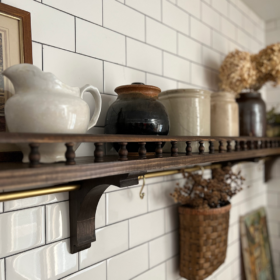

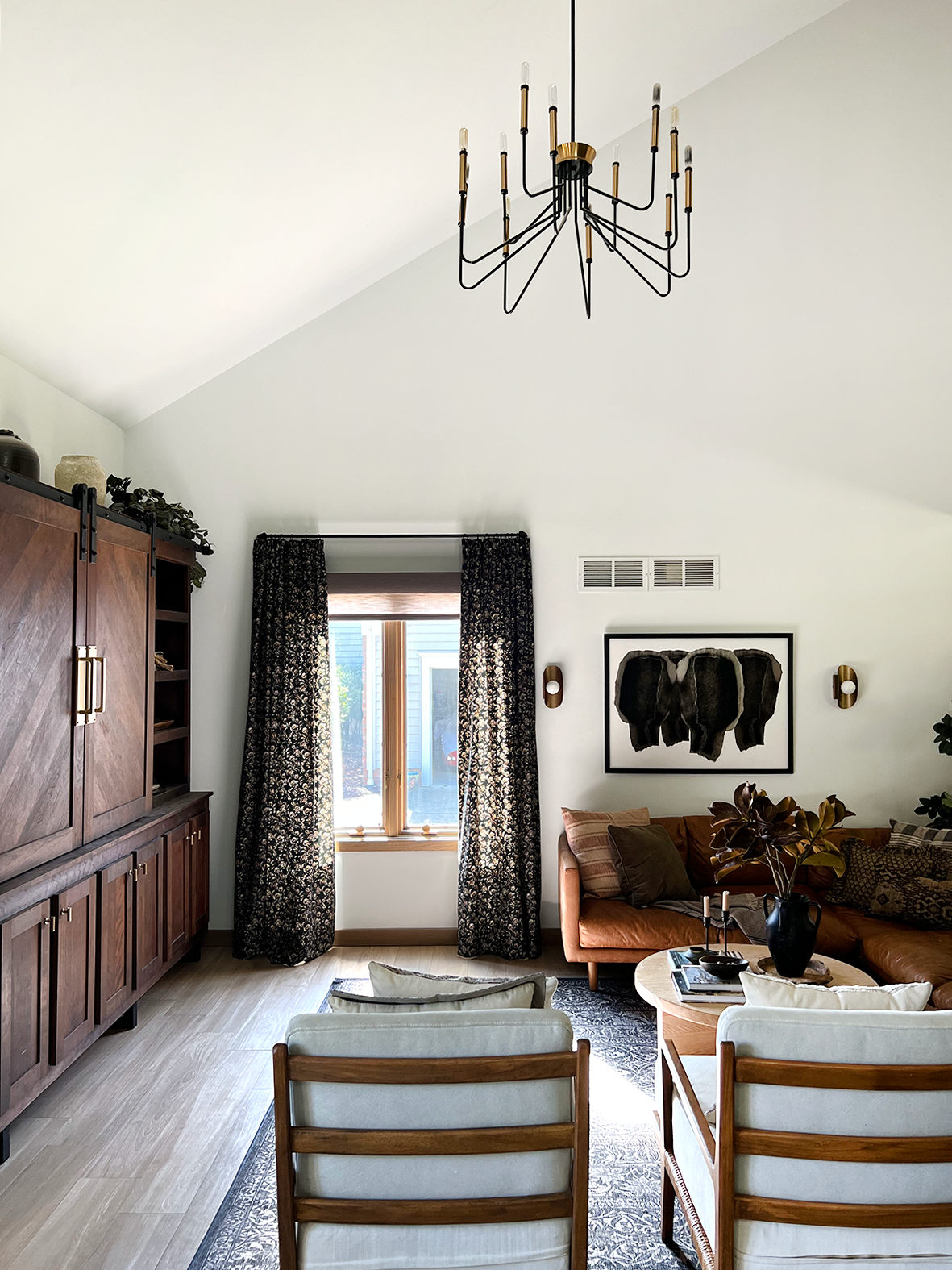
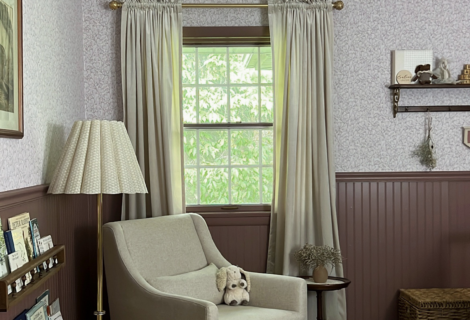
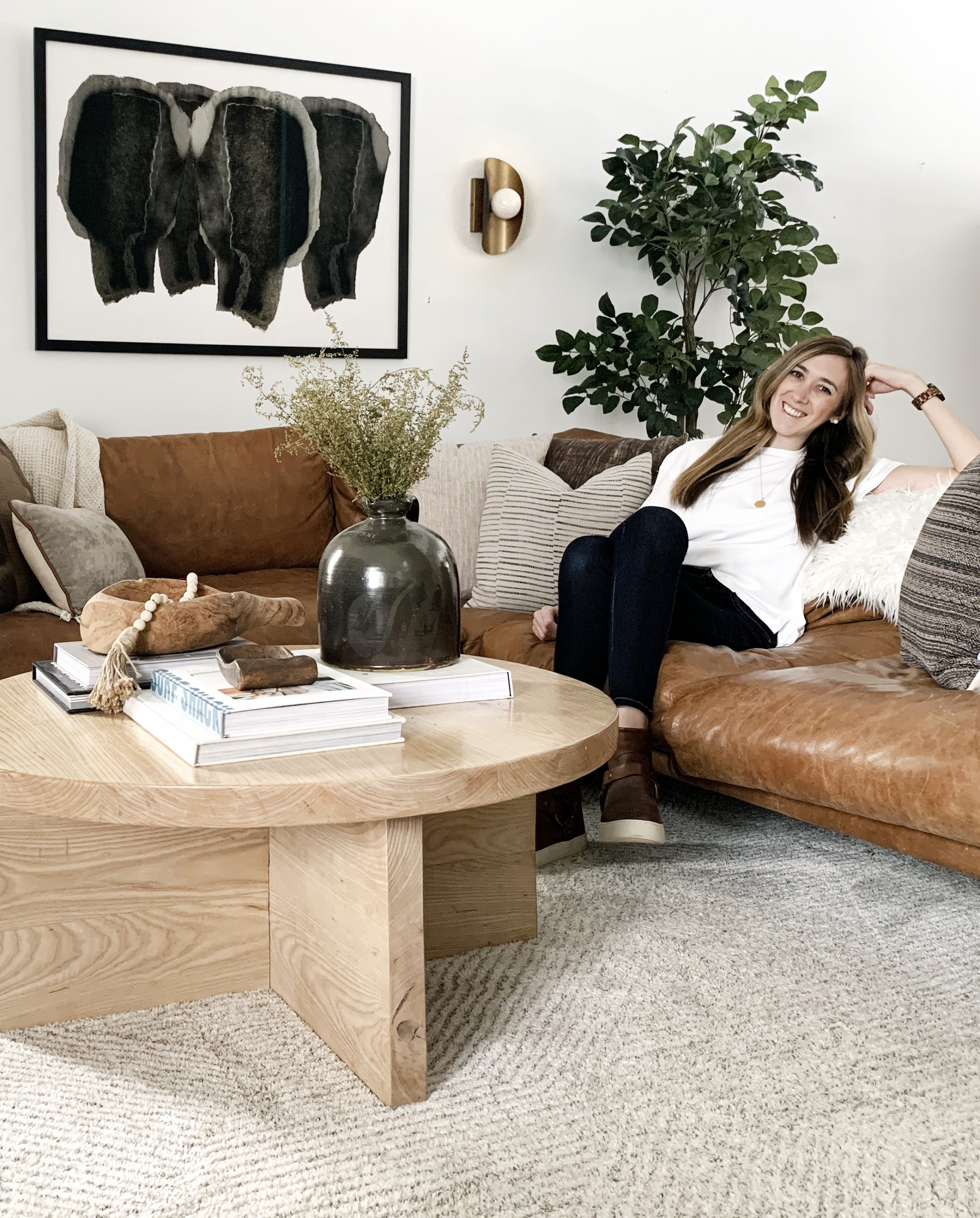

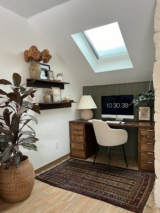


Jennifer
These are some great ideas! I would add one more, plus a thought. If you are in an area with creatures that dig, you might want to put some sort of mesh below your raised beds to keep them from digging up into and eating all of your plants. About the 3 foot high beds, just remember that you’re probably going to have to buy soil for those beds, and the taller they are, the more money it will be. I think most gardeners are pretty happy with 1 to 2 foot raised beds. Of course it depends of so many factors… I look forward to following your gardening journey!